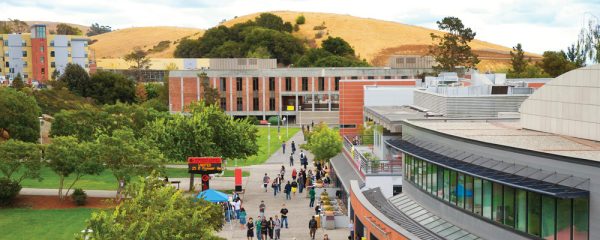One More Hour of Sleep
On March 10, Daylight Saving Time (DST) began for 2019. That is when the clocks were set forward one hour and people lost an hour of sleep, but gained an hour of daylight. On Sunday, November 2, that hour will be regained and it will be lighter in the morning, but night will come more quickly.
The purpose of DST was originally to create a better use of the daylight hours as the length of the day shortened. The idea was originally proposed by Benjamin Franklin around 1784, but it wasn’t made popular until William Willet campaigned to bring it to England in 1915. His idea was to push clocks forward 80 minutes during April so that natural sunlight could be more useful to people. It wasn’t until the following year, in Germany, that they took advantage of the system to benefit their war effort in World War I.
Nowadays, many countries practice DST, although recent arguments against the biannual changes have been proposed in California. Hawaii and Arizona do not follow DST and territories like Guam, Puerto Rico, and others fail to do so also. According to webexhibit.org, “Japan, India, and China are the only major industrialized countries that do not observe some form of daylight saving.”








